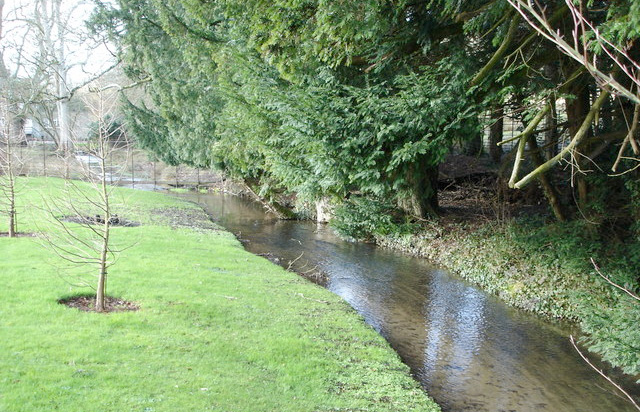Stream Boundaries
Contents
Overview
It is sometimes the case that one of the property boundaries is bounded by a non-tidal stream. It this is the case then the precise location of the boundary can be easily ascertained, as it will follow a common law presumption, although subject to evidence being produced to the contrary.

Ad Medium Filum Aquae
The common law tenet of Ad Medium Filum Aquae is applied to stream boundaries, and provides that the boundary will run through the centre-line of the steam, whether of not the stream twists and turns. This common law presumption is subject to their being evidence to the contrary. The boundary does not lie in the water but on the bed of the stream.
Accretion and Diluvion
Over the course of time it is normal for such a watercourse to move, so that one side of the boundary may gain some dry land and the opposite part may lose some. This principle is known as accretion and diluvion, i.e. one side of the boundary gaining land (or alluvium) and the other side losing it.
Erosional Avulsion
The doctrine of accretion and diluvion presumes that changes in boundaries along a watercourse occur gradually over time. This may be overcome, however, in the event a natural disaster such as a violent storm that causes an extraordinary change in the property boundaries within a short period of time. The sudden and substantial change to the watercourse direction (usually the formation of a new and straighter replacement channel) is known as Avulsion. In such circumstances the Ad Medium Filum Aquae presumption would not apply to the boundaries of the land; they would remain unchanged.
Evidence to the Contrary
Because this common law presumption can be rebutted by producing evidence to the contrary it is important, in the event of a boundary dispute, to obtain all the registered documents for each side of the stream as this is the most likely place where evidence to the contrary would be found (although extrinsic evidence could possibly be obtained from other sources). This would mean obtaining the Title Register, Title Plan and all digitally available Associated Documents for each side of the boundary, as contained in a Boundary Search.
Boundary Search 2 Properties
Obtain all the available property documents held to help resolve common boundary problems. For 2 Adjoining Properties.
£99.95Boundary Search 3 Properties
Obtain all the available property documents held to help resolve common boundary problems. For 3 Adjoining Properties.
£146.95Boundary Search 4 Properties
Obtain all the available property documents held to help resolve common boundary problems. For 4 Adjoining Properties.
£193.95


